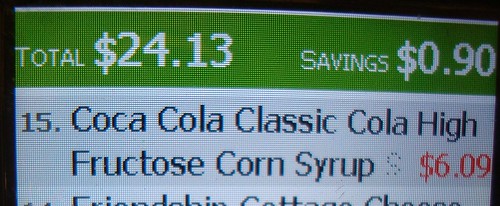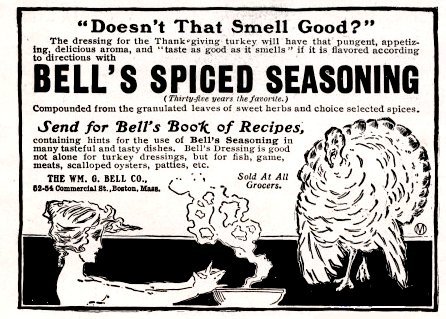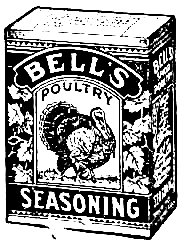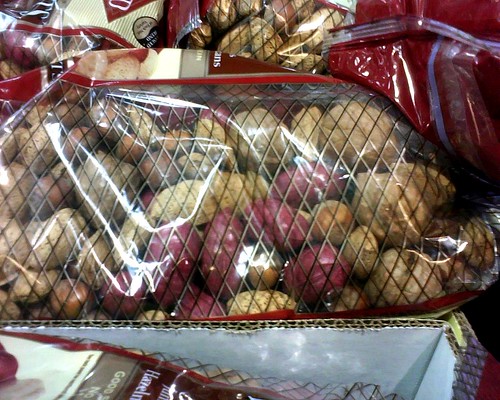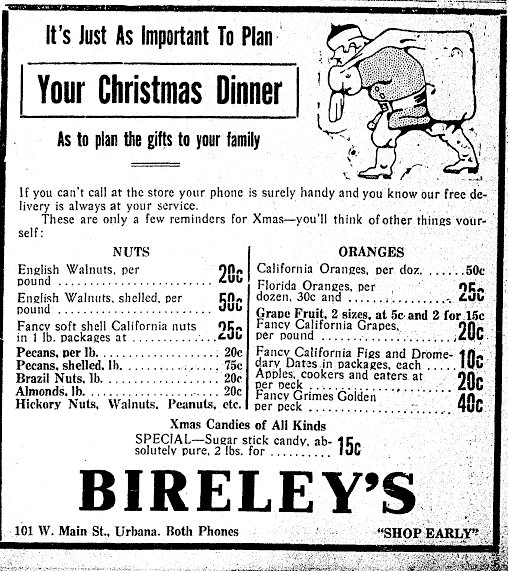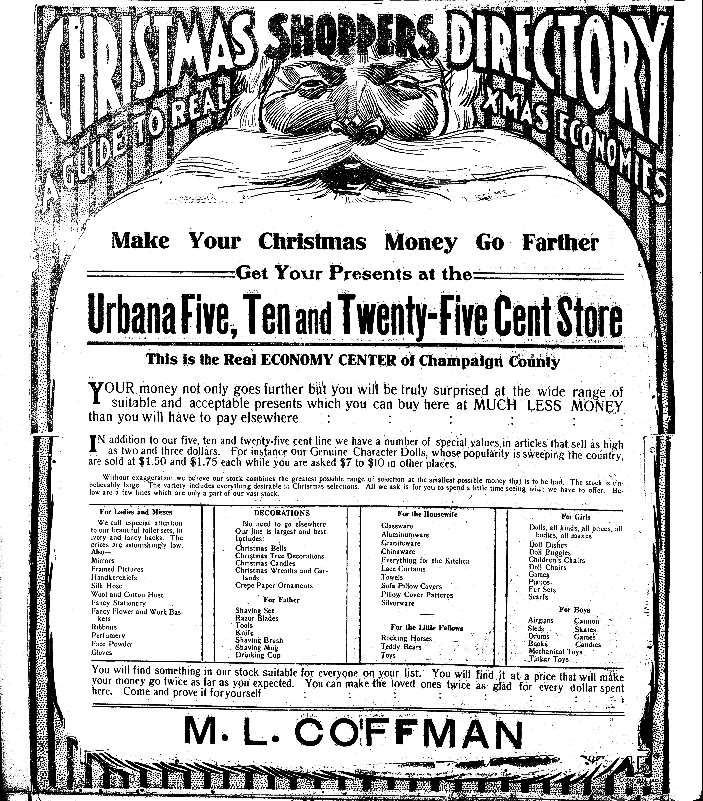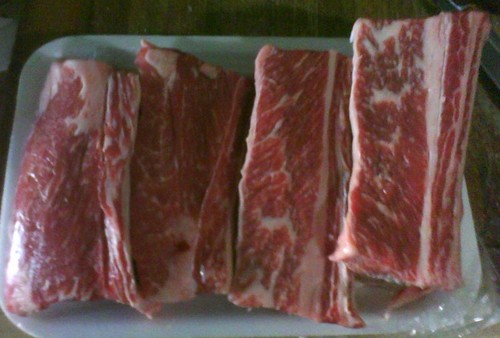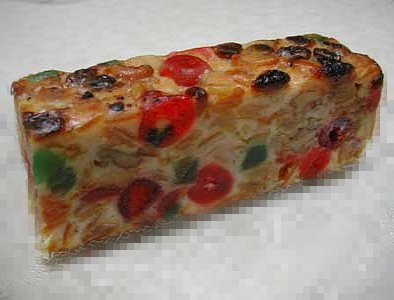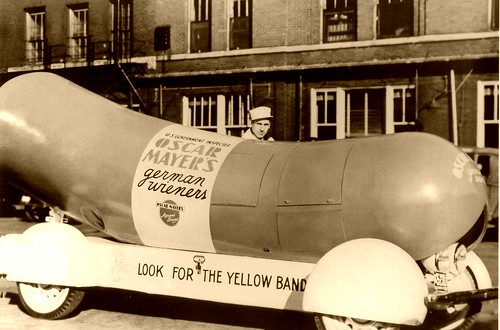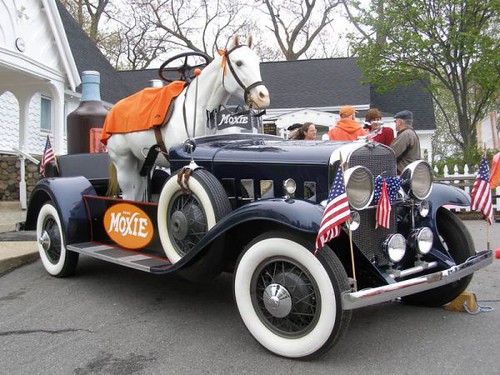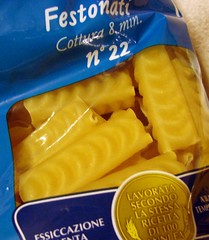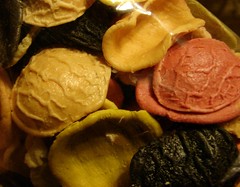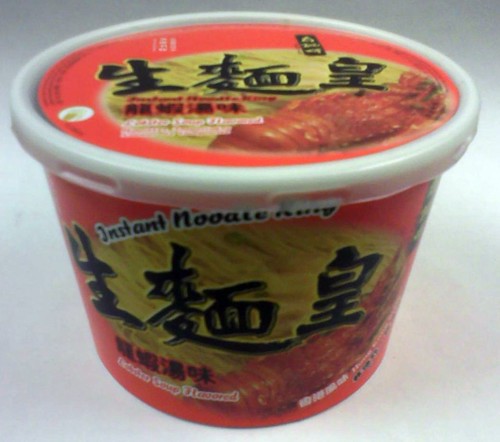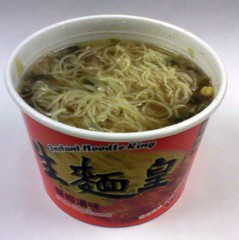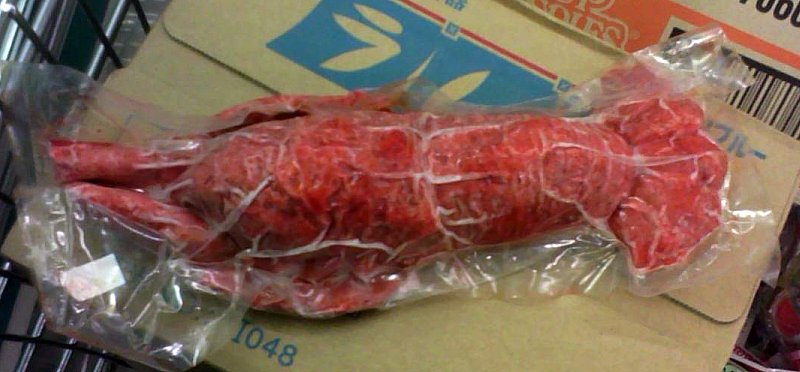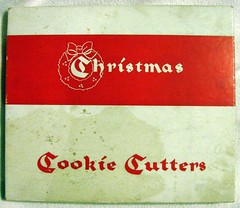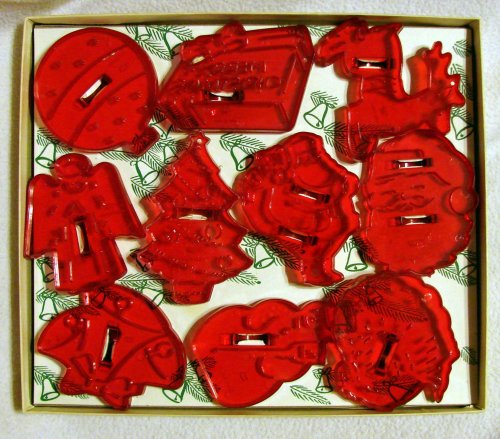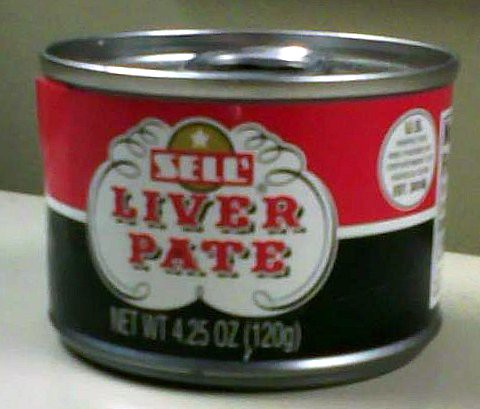 Sometimes I get a hankering for pâté. Occasionally, this means a trip to the store for some necessary ingredients and a couple of hours of magic in the kitchen, but more often I get lazy and just pick up something at the supermarket.
Sometimes I get a hankering for pâté. Occasionally, this means a trip to the store for some necessary ingredients and a couple of hours of magic in the kitchen, but more often I get lazy and just pick up something at the supermarket.Sell's Liver Pate, made these days by B&G Foods, is one of my favorites. Despite pâté's current reputation as some sort of gourmet canapé nibble, one can hardly describe Sell's as a "gourmet delight" these days, especially when held in comparison to some of the finely-crafted pâtés available refrigerated in many supermarket fresh-foods areas.
Originally packed in 6-ounce tins by Henry B Sell's eponymous company Sell's Planned Foods, Sell's Liver Pate was marketed as an affordable sandwich and snack spread, and caught on well enough when it was introduced in the late 1940's to warrant a fairly glowing review in Gourmet Magazine's Food Splashes article for January 1945:
Snacks for six? Quick, the can-opener. There you are, friends, without more ado. It's a new pâté made of pork livers, of fresh pork, of pork fat, of soup stock, of wheat germ. There's dried skim milk in the mixture, and French-fried onions, pulverized to powder, and dried brewer's yeast for its vitamin impact, and seasonings, of course! A tin of six ounces is priced around 17 cents and is selling right now in hundreds of stores in New York City and other cities right across the nation. Its name is Sell's Liver Pate, made by Henry B. Sell, of Sell's Planned Foods, 501 Madison.The cans are 4.25 ounces these days, and the ingredient list is shorter (Pork Livers, Pork, Water, Defatted Wheat Germ, Salt, Torula Yeast, Toasted Onion Powder and Spice) but Sell's is still a good, honest liver spread - though at something around $2.25-plus at most supermarkets it isn't quite the bargain it used to be.
"Enough of the history lesson," you say. "What about the taste?" Let me describe it as "rugged." A bold livery blast, nicely seasoned but not at all delicate. Right out of the can it's capped with a thin dressing of fat, and there are more tiny fat particles distributed throughout. You'll never mistake it for foie gras, but if you like strong flavors in general and liver in particular, you might find that a tin of Sell's and a handful of decent toasted-sesame flatbread crackers makes an excellent and satisfying lunch.
.

